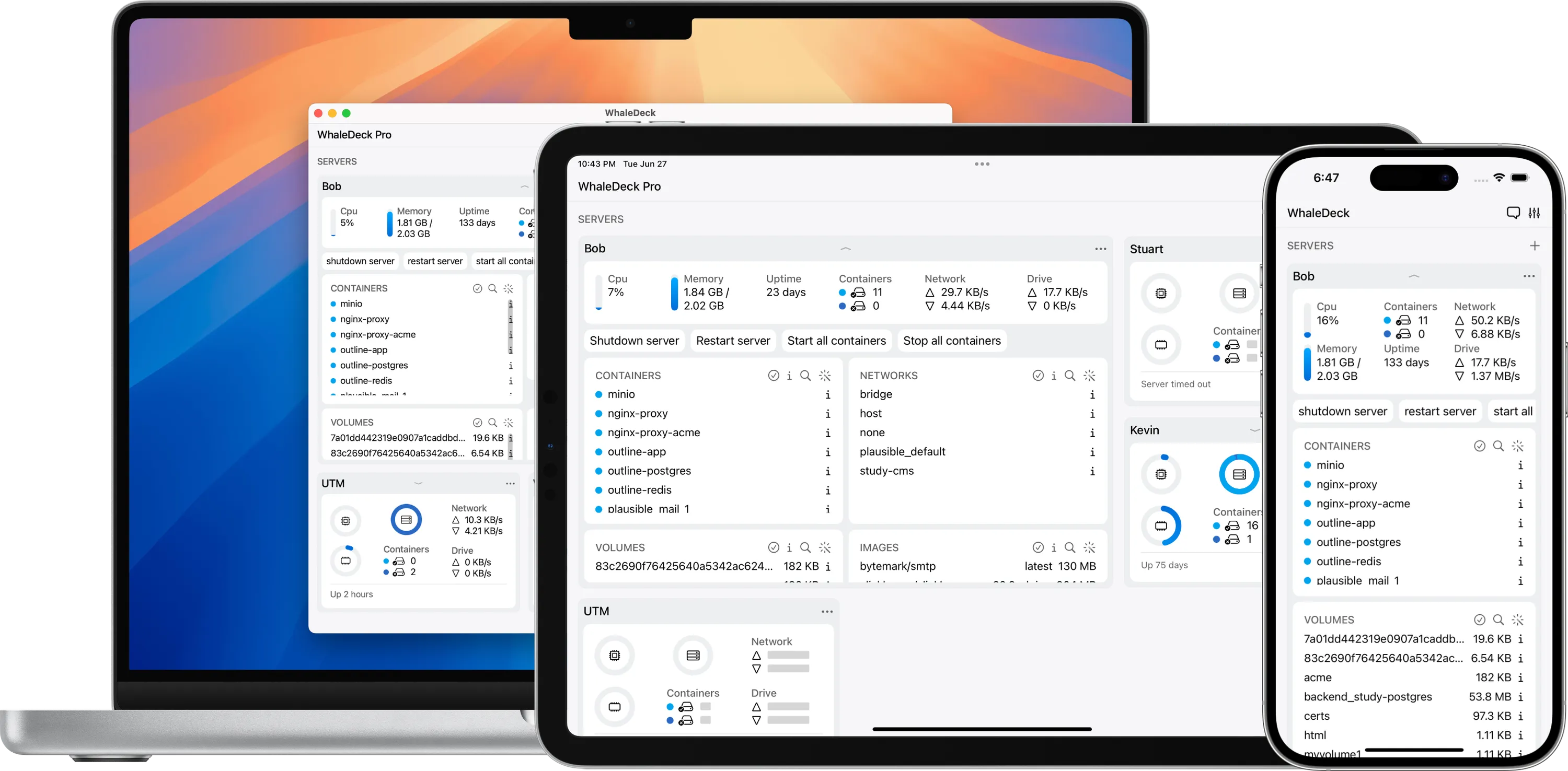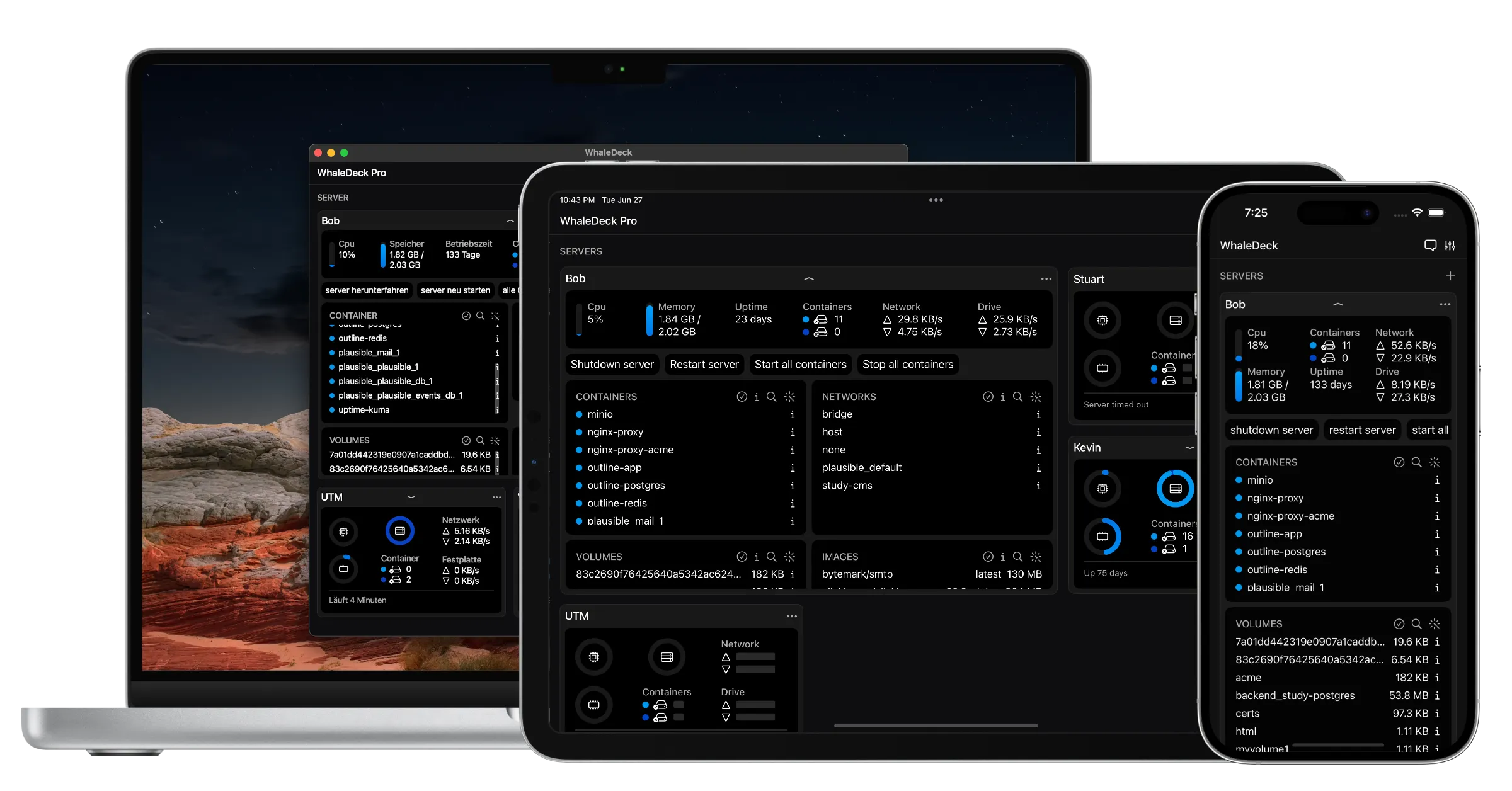How to disconnect a Docker container from a network in Kotlin
Written byThis short blog post unfolds how to utilize the Docker API to disconnect a Docker container from a network in Kotlin. Engaging with the Docker API is essential, especially when you're on the quest to automate tasks or gather crucial information from your Docker setup, which in turn, can form the basis for informed decision-making in your operations.
// Required library: com.github.docker-java:docker-java
import com.github.dockerjava.core.DockerClientBuilder
fun main() {
val dockerClient = DockerClientBuilder.getInstance().build()
val container = dockerClient.inspectContainerCmd("container_name").exec()
val network = dockerClient.inspectNetworkCmd().withNetworkId("network_name").exec()
dockerClient.disconnectFromNetworkCmd().withContainerId(container.id).withNetworkId(network.id).exec()
println("Container ${container.name} disconnected from ${network.name}")
}
The exploration into How to disconnect a Docker container from a network in Kotlin using the Docker API as detailed in this article is just scratching the surface. There's a rich array of functionalities within the Docker API that can be combined with what you've learned here to develop robust automations, enhancing your overall workflows significantly. Whether it's managing containers, images, networks, or any other Docker resources, the programmatic control afforded by the Docker API is a powerful asset in optimizing your operations.
Moreover, the beauty of the Docker API extends beyond Kotlin. It can be harnessed across many programming languages, thus broadening the scope of its applicability. This multi-language support not only augments the versatility of the Docker API but also presents developers with the flexibility to operate in a language they are proficient with, making it an inclusive tool for a diverse developer community.
So, as you delve deeper into Kotlin, consider the myriad of other API functions that could be coupled with your current endeavor. This not only opens up a world of automation possibilities but also propels your operational efficiency to new heights. The road to streamlined and innovative Docker operations is paved with a deeper understanding and utilization of the Docker API, with each function explored bringing you a step closer to a more automated and efficient developmental environment.
Tired of scripting to monitor and manage your Docker setup? With WhaleDeck, enjoy a streamlined, code-free experience. Click to download for free or discover more about our features.

